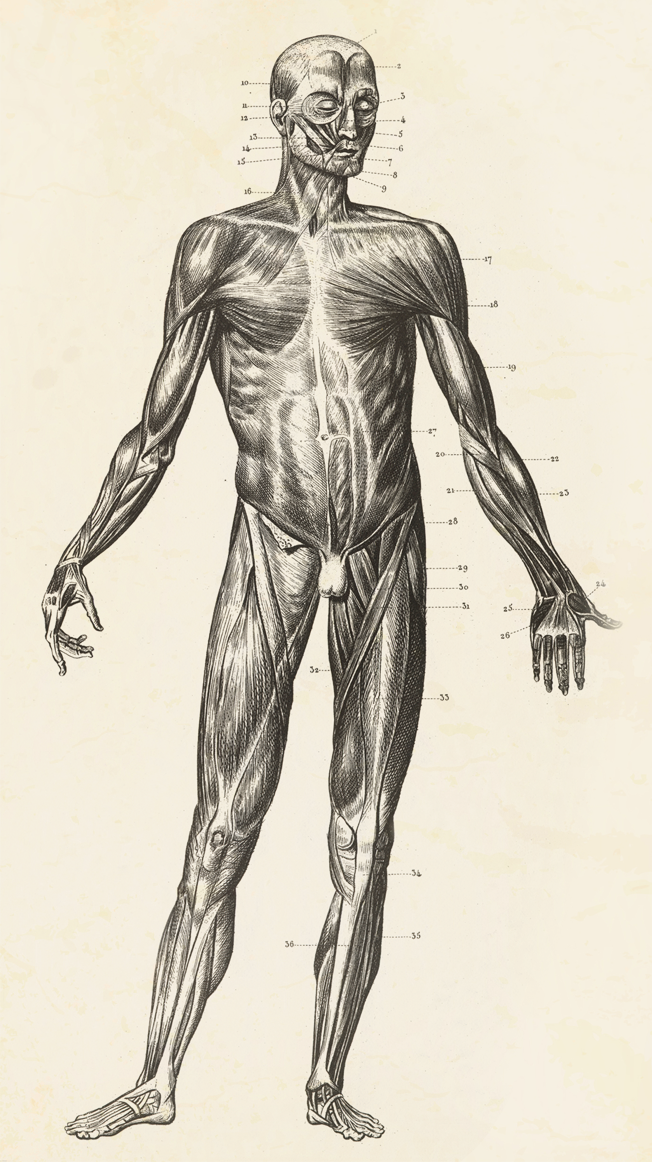

Meningeal Lymphatic System
What it is: An elaborate network of lymph vessels in the brain
How it was discovered: These vessels lie alongside much larger blood vessels, and are quite literally in their shadow. A team at the National Institutes of Health used advanced MRI imaging to see them for the first time, and published the images in eLIFE in October 2017.

Interstitium
What it is: A layer of fluid-filled pockets in a web of collagen that surrounds organs like bubble wrap
How it was discovered: Cells are normally drained of fluid for microscopy, making this tissue elusive. But researchers discovered it using a technique called confocal laser endomicroscopy. Their 2018 paper sparked debate about whether the interstitium should be counted as a new organ.

Mesentery
What it is: A protective lining around the intestines
How it was discovered: Anatomists thought the tissue that connects the intestines to the abdomen was most likely composed of separate sections or compartments. But surgeon J. Calvin Coffey recently concluded, after years of study, that it is a single continuous tissue.

Fabella
What it is: A small bone in a tendon behind the knee
How it was discovered: A 2019 study by Imperial College London researchers found that fabellae, once uncommon, are somehow making a comeback. The bone was only present in 11.2% of the population 100 years ago, yet 39% of people have it now, an increase they attribute to nutrition and lifestyle changes.

Trans-Cortical Vessels
What it is: A set of blood vessels connecting bone marrow with the bone surface
How it was discovered: In 2019 a team in Germany treated mouse bones with a chemical to make them transparent, then watched as tiny red blood vessels trickled across the Shaft of long bone. TCVs transport blood both to and from the heart via veins and arteries.